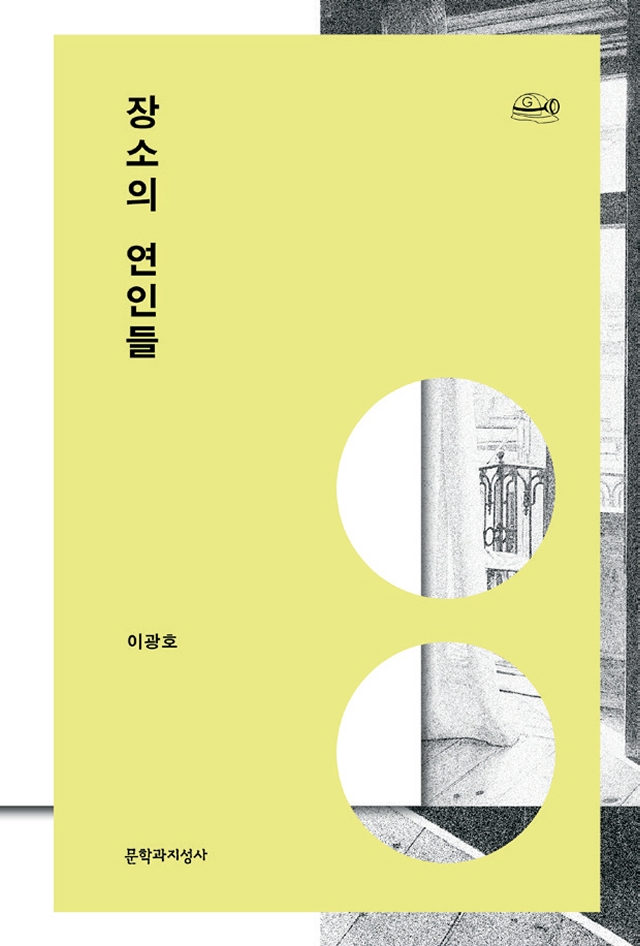
장소의 연인들
- Page
- 178
- Publication Date
- January 3, 2023
- ISBN
- 9788932041148

Lovers in Places is a part fiction, part nonfiction exploring how real and imagined places are reinvented and transformed by lovers.
How can the sites of lovers be drawn on a map? Lovers in Places explores how a place is invented and influenced by the time spent by lovers in it. A (non)fictional essay where the conceptual research on the community of lovers and their places, different places of lovers in literary texts, and the gazes of unnamed “I” and “he” intersect, Lovers in Places unravels the author’s beautiful imagination about lovers’ places, which bear neither name nor purpose in the “place of non form” called an essay.
The book begins with a rumination on how lovers’ time alters places: “Love as an event puts two people on the stage of love and disrupts the previous order.” When the event of love occurs, a place known by its name, whose purpose and identity were once unequivocally defined, is transformed into something arbitrary and dormant. Through lovers’ time, a site is incidentally assigned irreplaceable individuality. The site then becomes reconstructed, liberated from the rules and physical gravity imposed by the system and society. In their places, lovers become nomads, navigators, and conquerors. On the one hand, the author explains the traits of lovers’ places via philosophical concepts, such as Foucault’s heterotopia and Blanchot’s community of lovers, and experiments with the unique aesthetics of his writing by sauntering between the unnamed fictional beings “I” and “he” as well as various literary texts on the other.
Where, then, is the location of radicality in the place of lovers or love as an event? The author argues that the performativity of love as an event does not stop at transforming the site but proceeds to affect the time within it. The montage created by the encounters and gaps between different places confers a different rhythm to a space, and its imaginative power allows one to hear the voice of a time beyond memory. The places of lovers lead us to face not the time of everyday or ossified history but the latent time that surpasses the distinctions between the past, present, and future. If the imaginative capacity for the places of love were to adopt certain political and aesthetical rhythms, it would be at such a moment of encounter.